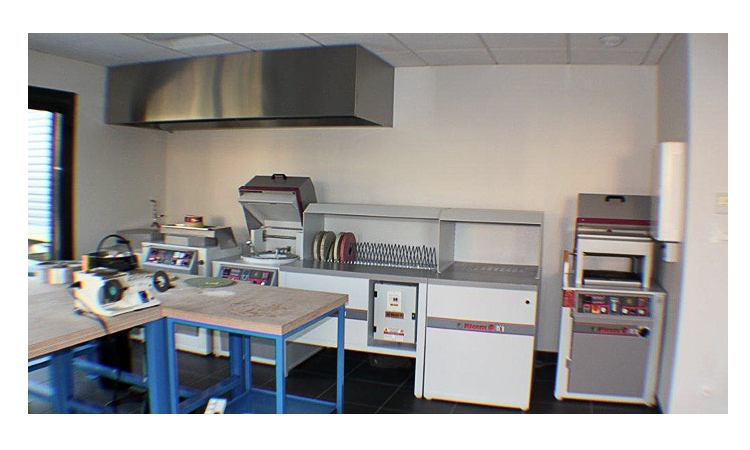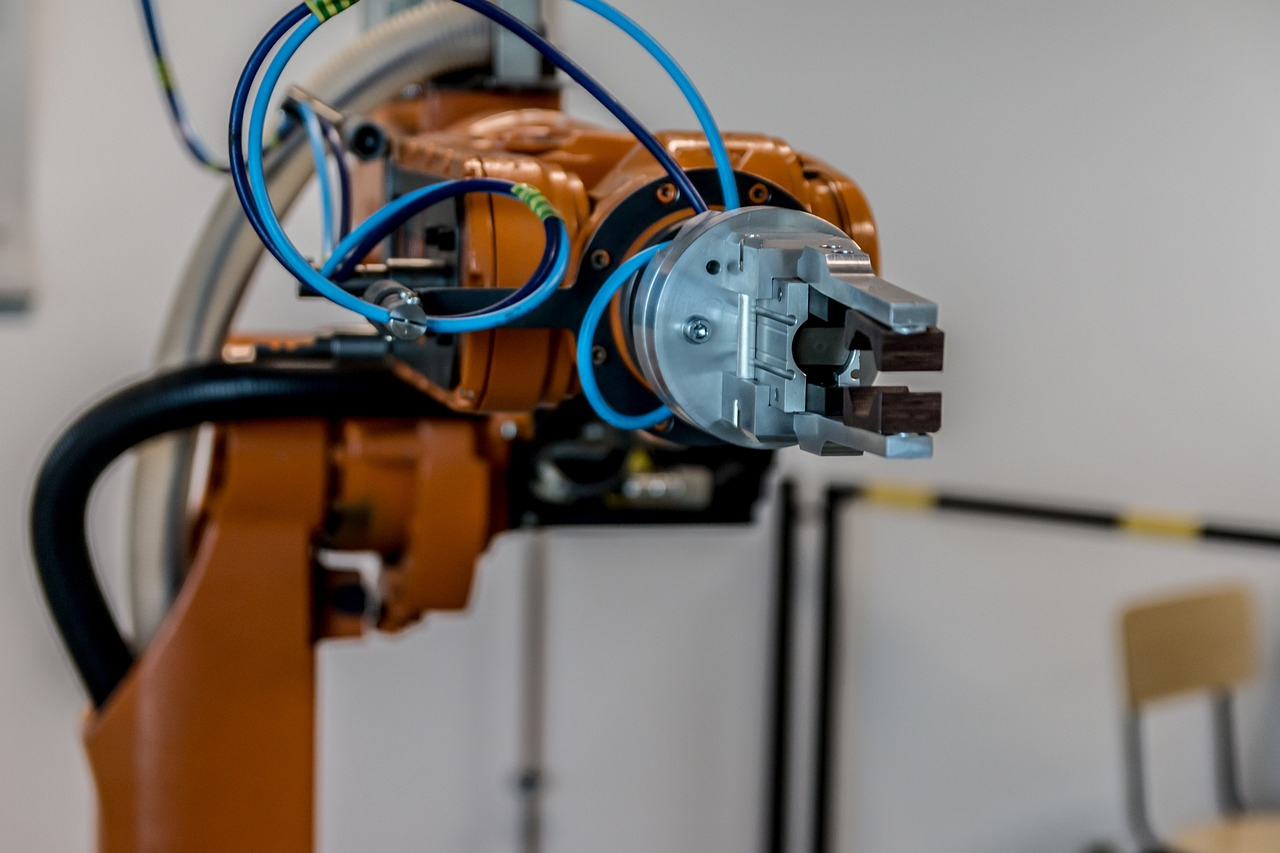Zamak is made up of zinc as the base component and can be coupled with magnesium, copper, and aluminum elements. Zinc can also be used to make solder by mixing it with iron or tin. Due to the harmful effects of lead, a lead-free alloy has been formed to counter them. Zamak Alloys is used to produce belt buckles, shoe heels that aid the leather industry. It is also used in jewelry; a leather jacket can be designed with spikes for a punk look, but this article will share the significance of the alloy in the automotive industry and its growth. The use of alloys in the automotive industry has three different classifications, they include, casting, extrusion, and roll of alloys.
Casting
This is where different patterns of particular objects are molded, and they can be parts of a car, making it stable in its dimension measured and very durable to serve you for a longer time. The casting of vehicles is primarily required in the engine block, wheels, clutches, fan, and other parts.
- centrifugal casting equipement
This is an efficient die-casting machine that professionally delivers quality work. It can be useful for the casting work's general performance and at a reasonable speed compared to have manual laborers. Its molding load is very convenient for most workflow available and can be used on most contracts allocated for bigger organizations. Its performance is very efficient and saves you time and energy.
Extrusion
Many automotive industries have the urge to cut off the production cost but came up with a more lightweight car, which will be very efficient. They decided to dive into the alloy extrusion, such as the Zamak alloy, which mainly involves aluminum due to its light property. The lightweight has helped cars be more efficient when performing and is also easy to manage in a crush.
Where are the alloys used in automotive industries?
The use of zinc alloys has mostly dominated and occupied a broader area in the industry.
They are primarily useful for the car's body and useful in the air casting of some parts of a vehicle's engine, seats, clutches, and so many more. It helps the inner panels with complex gambling, making it less corrosive and with high formalities. They can develop clear and detailed designs on cars and other small parts apart from their strong character, give you accurate designs.
It is also beautiful how these alloys can be recycled, meaning you can reuse them multiple times. They have become part and parcel of many automotive products since they are environmentally friendly and do not pose any danger to the surroundings. It gives lovely finishing to the car, yet its use provides the vehicle with longevity since the alloy can be very durable.
Fun Facts
Germany has the largest logistics market in Europe
- Germany accounts for approximately 25% of the European logistics market, making it a hub for transportation and supply chain operations.
The Autobahn has no speed limit on many sections
- The German Autobahn is famous for having sections without a speed limit, enabling fast and efficient transport across the country.
Hamburg is Europe's third-largest port
- The Port of Hamburg handles over 8 million containers annually, making it a key player in global trade and logistics.
Germany is a leader in green logistics
- Many German logistics companies are investing in electric vehicles and sustainable solutions to reduce carbon emissions.
Germany's rail network is the densest in Europe
- With over 33,000 kilometers of tracks, Germany's railway system supports efficient freight and passenger transport.
Frequently Asked Questions
What makes Germany a logistics hub?
- Its central location in Europe, advanced infrastructure, and strong economy make Germany a key logistics hub.
Is the Autobahn safe for logistics transport?
- Yes, the Autobahn is considered safe due to strict regulations, high maintenance standards, and separate lanes for freight transport.
What role does rail transport play in Germany?
- Rail transport is crucial for moving goods efficiently and sustainably across Germany and neighboring countries.
How is Germany improving green logistics?
- Germany is adopting electric trucks, renewable energy in warehouses, and eco-friendly packaging to enhance sustainability in logistics.
Which cities are key logistics centers in Germany?
- Cities like Hamburg, Frankfurt, and Munich are major logistics hubs due to their infrastructure and proximity to trade routes.
Trusted Sources











